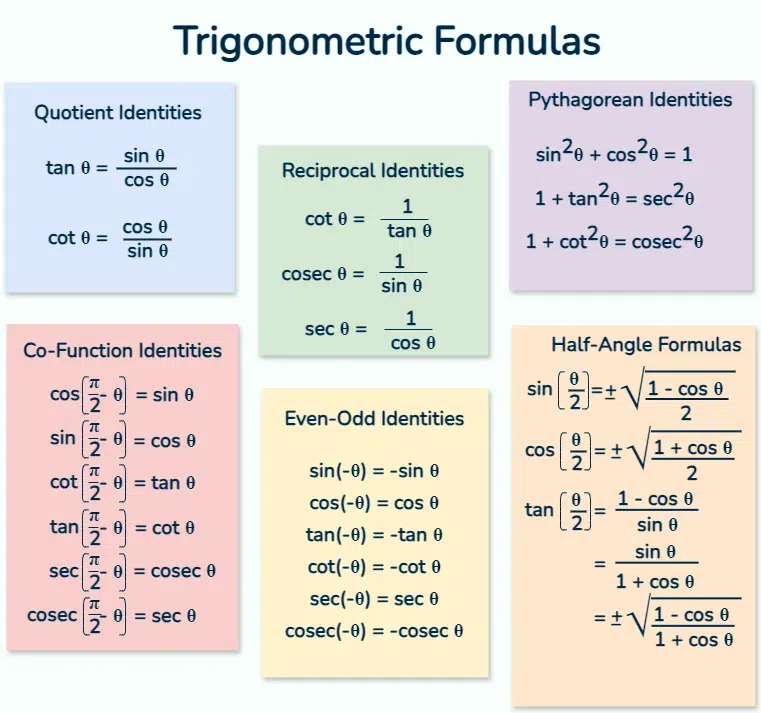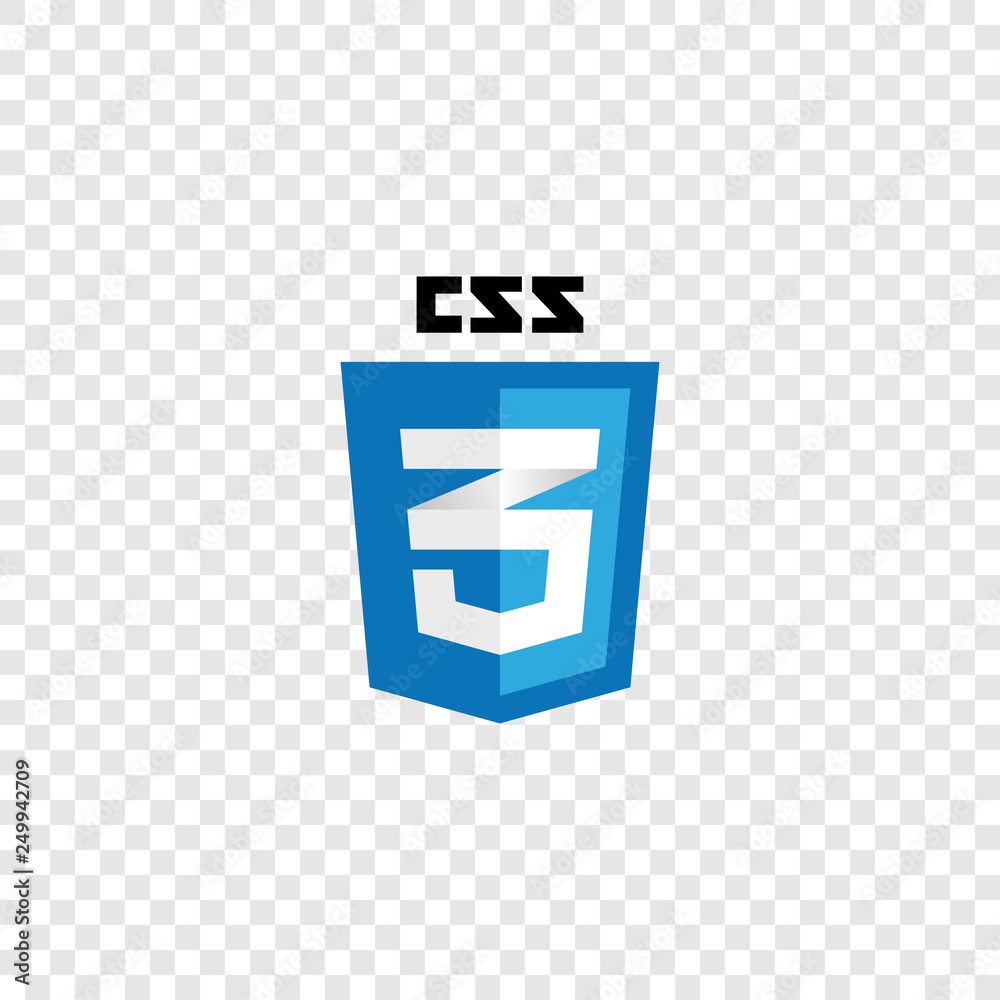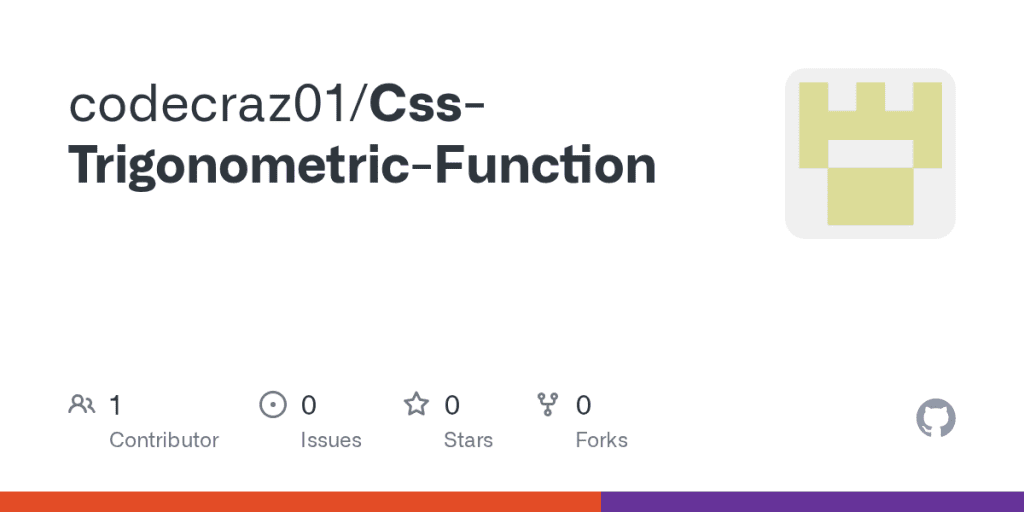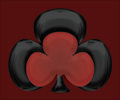CSS trigonometric functions, such as cos() and sin(), are powerful tools that enable developers to create dynamic and engaging web designs. Although they may often be overshadowed by more commonly used properties, these functions open up a realm of possibilities for CSS animations and layouts. By leveraging trigonometric calculations, you can effortlessly design circular layouts or captivating wavy layouts that enhance the user experience. Understanding how to implement these functions effectively can revolutionize how elements are positioned and animated on a webpage. In this article, we’ll uncover the potential of CSS trigonometric functions and demonstrate their practical applications!
In the realm of web development, the use of circular geometry and oscillatory patterns is becoming increasingly popular, especially through the application of functions like cosine and sine. These mathematical constructs, while rooted in trigonometry, serve as essential components for adding flair and fluidity to CSS designs. From creating seamless circular arrangements to crafting engaging animations that mimic natural waveforms, the essence of these trigonometric equations transcends basic mathematics. They not only facilitate aesthetically pleasing layouts but also enhance the interactivity of web pages, drawing in users with their dynamic nature. As we dive deeper into these concepts, the potential of these mathematical functions will unfold, allowing developers to innovate and elevate their design strategies.

Understanding the Controversy Surrounding Trigonometric Functions
The controversy surrounding CSS trigonometric functions, specifically cos() and sin(), is a curious case in modern web development. It leads us to question how subjective our opinions can be when evaluating coding features. While only 9.1% of developers express strong negative feelings towards these functions, it still sparks significant debate. Many in the community wonder, are trigonometric functions genuinely deserving of such disdain? Perhaps, understanding their true potential might help shift this narrative.
The reality is that cos() and sin() allow developers to work with angles and spatial positioning in ways that traditional CSS methods simply cannot. This leads to innovative designs and unique layouts that add a level of dynamism to projects. If we can elucidate how these functions work, we may be able to convert some skeptics, one trigonometric function at a time.
The Basics of cos() and sin()
At the heart of understanding cos() and sin() in CSS is the concept of the unit circle. This seemingly innocent geometric shape holds a world of potential in its circumference. When placed on a Cartesian coordinate system, the unit circle allows us to derive coordinates for any angle. Improving one’s grasp of how these angles interact with X and Y coordinates is essential for using trigonometric functions effectively in CSS.
For instance, when you move along the unit circle starting from the positive X-axis at 0 degrees, cos() returns the X-coordinate, while sin() gives you the Y-coordinate. This straightforward relationship makes it easier to visualize how elements can move or rotate around a circle, especially as designers seek to create circular designs and animations that breathe life into user interfaces.
Crafting Circular Layouts
Circular layouts are a prime example of how developers can utilize cos() and sin() to their advantage. As you place elements in a circular formation, the understanding of angles and coordinate values comes into play. By manipulating CSS variables for the element index and total count, you can effectively calculate the coordinates needed to position elements evenly along the circumference of a larger circle.
For instance, with a total of nine elements, you would correspond the index of each element to angles ranging from 0 to 360 degrees, leveraging the trigonometric functions to achieve precise placements. When executed correctly, this results in a visually stunning circular display that enhances the overall interface without relying on cumbersome JavaScript or complex calculations.
Exploring Wavy Layouts
On another note, when examining the behavior of cos() and sin() on a graph, one cannot help but notice the elegant waves they form. These functions produce periodic oscillations that can be creatively implemented in web design. By channeling these sine and cosine waves, developers have the opportunity to craft engaging layouts that ebb and flow harmoniously, giving a sense of movement to static web pages.
This is especially useful in scenarios where designers strive for responsiveness or visual appeal. By adjusting the amplitude and frequency of these waves in your CSS, you can dictate how an array of graphical elements behaves, allowing for breathtaking displays that captivate users.
Innovating with Damped Oscillatory Animations
Animations inspired by the oscillatory nature of sin() and cos() can significantly elevate user experience. Think of a swinging pendulum or a bouncing ball; these animations provide a sense of natural rhythm and continuity. Such effects can be achieved using CSS keyframes in tandem with trigonometric functions, ensuring that the motion feels fluid and cohesive.
The beauty of leveraging these mathematical principles in animation lies in their scalability. Once grasped, regardless of complexity, the basic sine and cosine functions can be applied across a multitude of animated elements. From a detailed pendulum swing to a simple bounce, the potential for creativity is virtually limitless.
The Future of Trigonometric Functions in CSS
Despite the prevailing opinion of trigonometric functions as the ‘most hated’ CSS feature, they exemplify the breadth of possibilities inherent in modern web design. As we embark on this journey of exploring trigonometry’s applications within CSS, the goal is to highlight the functionality that these mathematical features bring to the table.
With more articles on functions like tan() and their inverse counterparts on the horizon, it’s crucial for developers to stay informed. As we demystify trigonometry in web development, we may well find new avenues for innovation that bridge the gap between functionality and aesthetic flourish.
Encouragement for Developers
To all developers out there feeling intimidated by sin() and cos(): remember that the learning curve may be steep, but the rewards are well worth the effort. Embracing these trigonometric functions unlocks a treasure trove of design possibilities that will make your projects stand out.
As the coding community continuously evolves, we must encourage an open mindset towards all features, especially the ones that might appear daunting at first. With practice and familiarity, the once ‘most hated’ can become a beloved asset in your web development toolkit.
Community Thoughts on Trigonometry
The ongoing conversation around the utility and relevance of cos() and sin() in CSS often leads to unforeseen camaraderie within the developer community. Many find that sharing insights and experiences about utilizing these functions can transform negative perceptions into a profound appreciation.
Comments and feedback from community members highlight diverse uses and innovative applications. Encouraging developers to participate in discussions about these functions can foster a more inclusive atmosphere, reinforcing that no feature, even the most “disliked,” should be dismissed outright.
In Conclusion: Rethinking the Labels
As we wrap up our exploration of cos() and sin(), let’s challenge the notion of labeling programming features as ‘hated’ or ‘worst.’ Every function has its strengths and can contribute positively when utilized effectively. Rather than perpetuating negativity, we should focus on understanding and mastering these features to enhance our creative potential.
The goal moving forward should be to embrace the mathematical aspects of web design and collaborate with fellow developers to uncover the true capabilities of all CSS functions, including trigonometric ones. So, let’s join forces to transform the narrative around trigonometry, one function at a time!

Conclusion
In conclusion, while trigonometric functions like cos() and sin() might bear the undeserved title of the “Most Hated CSS Feature,” it’s clear that they hold significant potential in enhancing our web design capabilities. By understanding their practical applications in creating circular layouts, wavy arrangements, and animations, developers can begin to appreciate the unique contributions these functions make to CSS. Instead of dismissing them based on popular opinion, it’s time to explore their real-world usefulness:
– **Circular Layouts:** Easily position elements around a central point using trigonometric angles.
– **Wavy Designs:** Create visually appealing rhythms in layout with sine and cosine wave patterns.
– **Animation Effects:** Utilize the oscillating nature of these functions to develop engaging animations.
Moreover, our journey with the cos() and sin() functions is just the beginning. With further exploration of additional trigonometric functions available in CSS, developers can unlock even more creative possibilities. This shift in perspective might lead to a newfound respect for these functions as they become tools for artistry rather than sources of frustration. With just a touch of understanding, we can move past the negativity surrounding trigonometry in CSS and embrace its potential:
– **Encouragement to Experiment:** Designers should feel inspired to play with trigonometric functions in their projects.
– **Expanded Knowledge Base:** Learning more about these functions will enhance overall confidence in using CSS.
– **Community Growth:** As more developers share their successes with these methods, a community of support and innovation can blossom.















